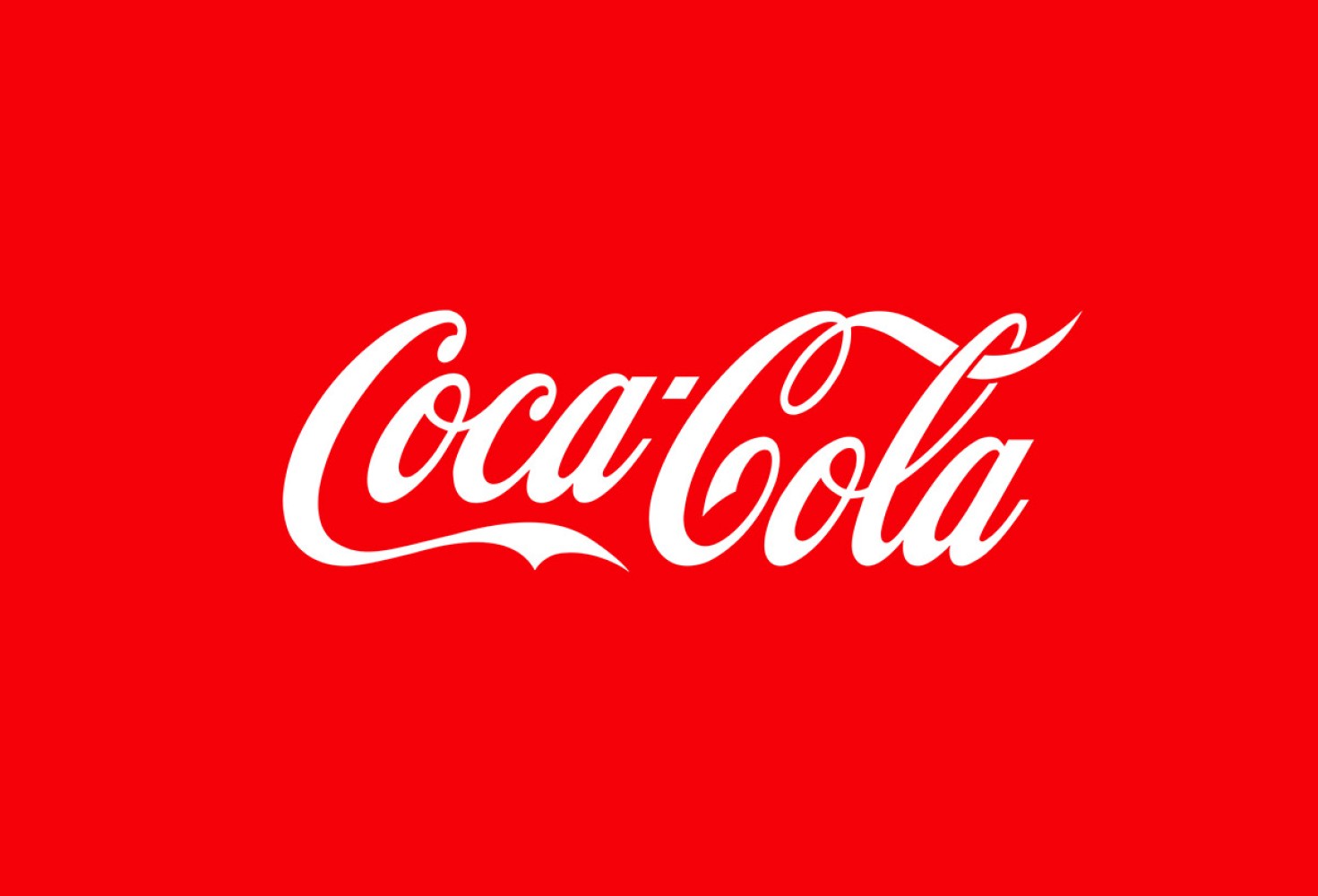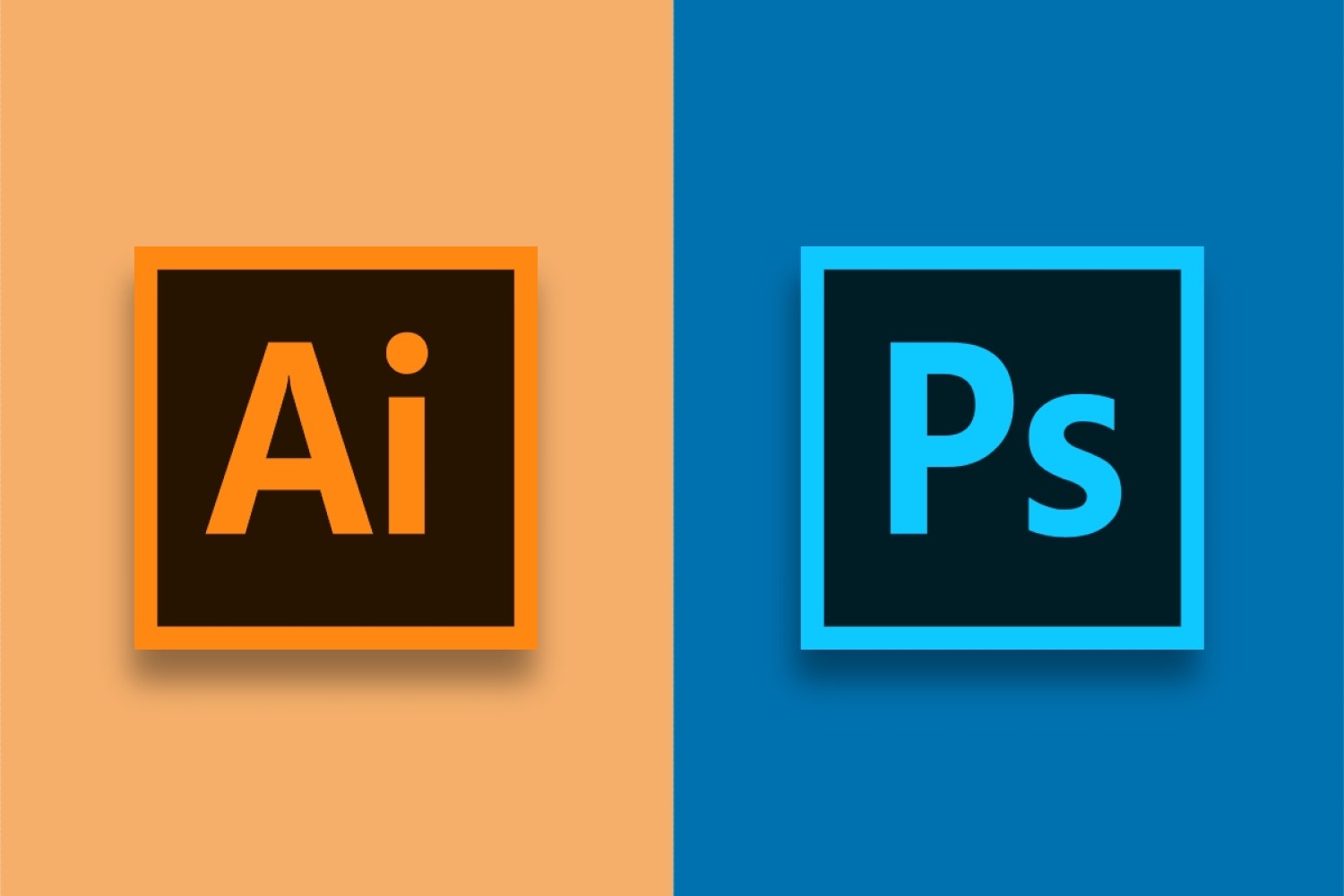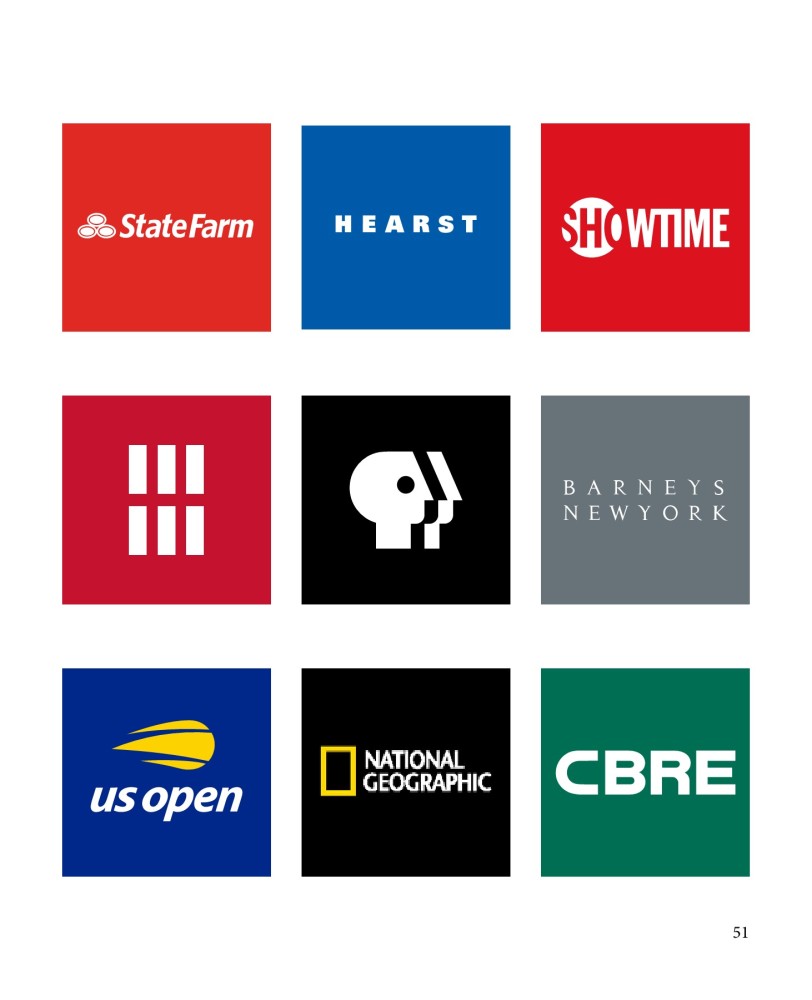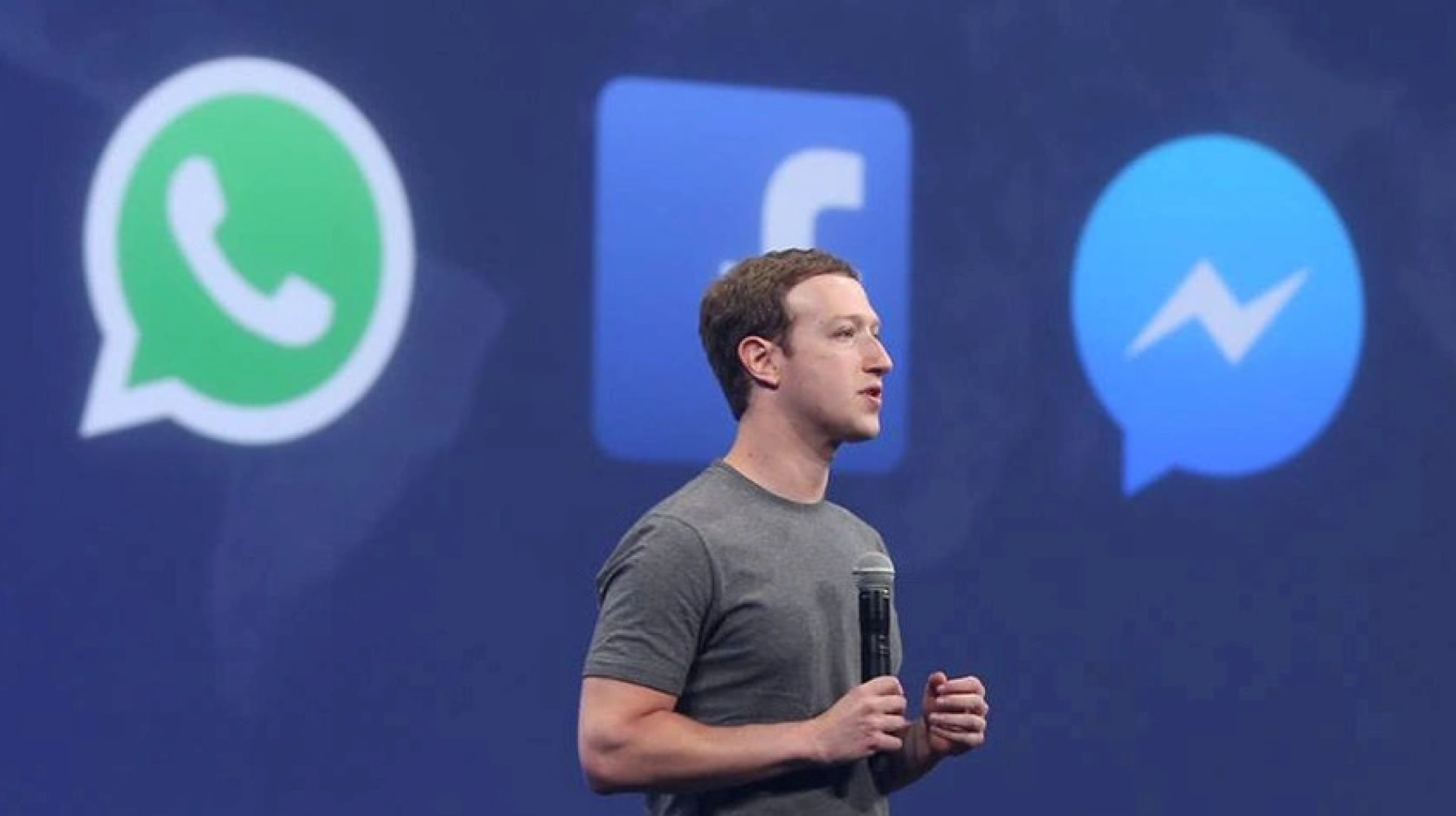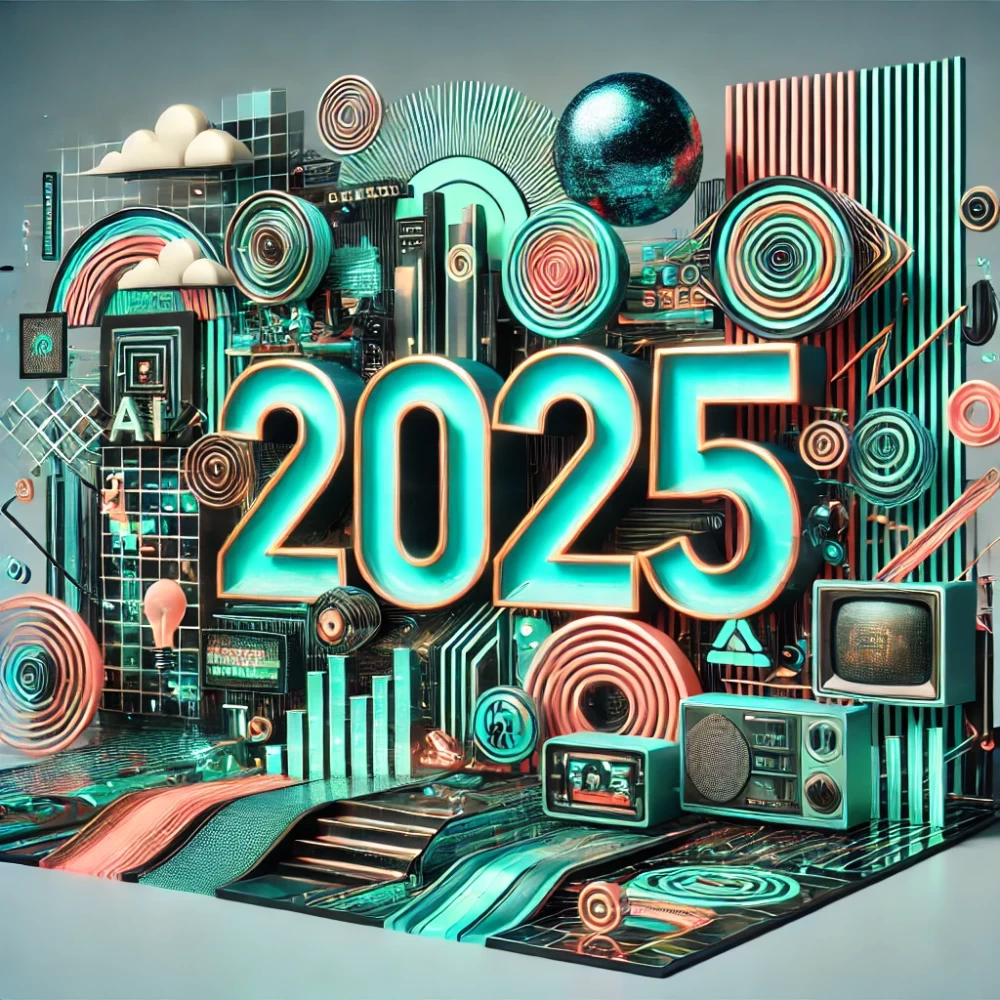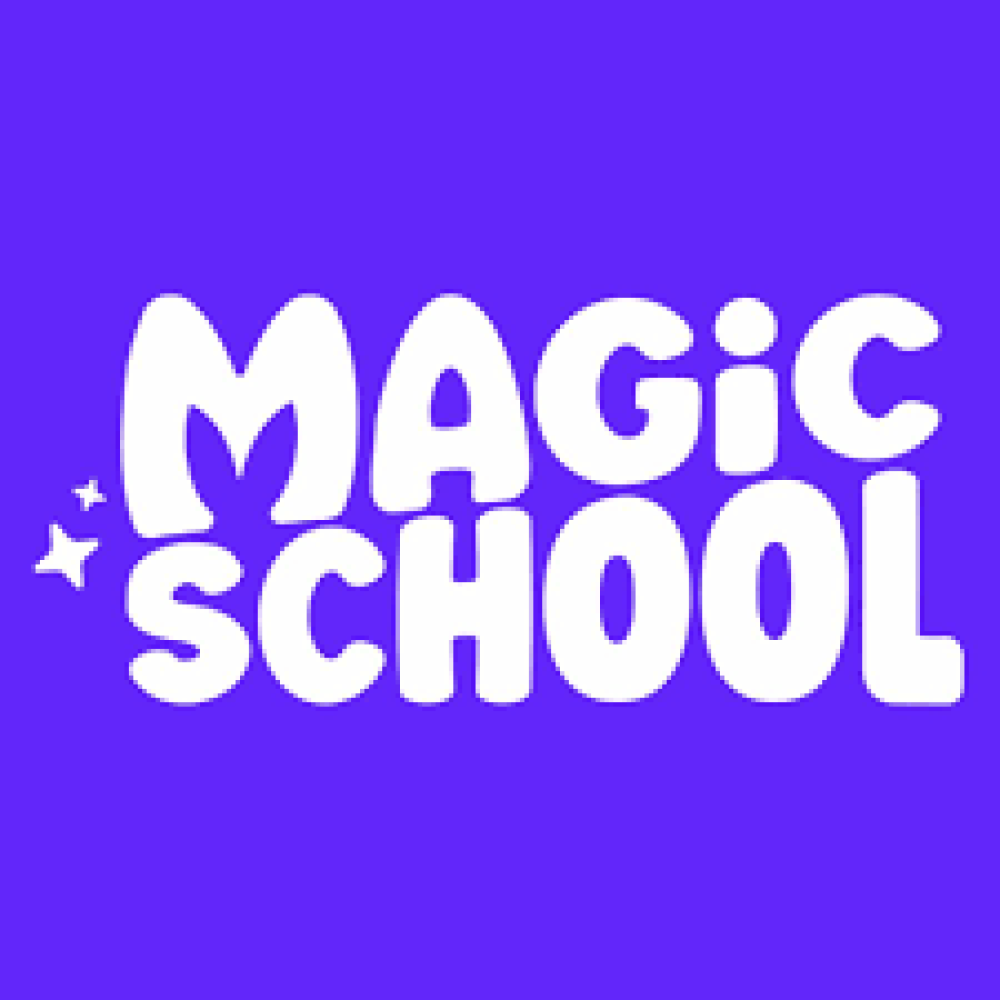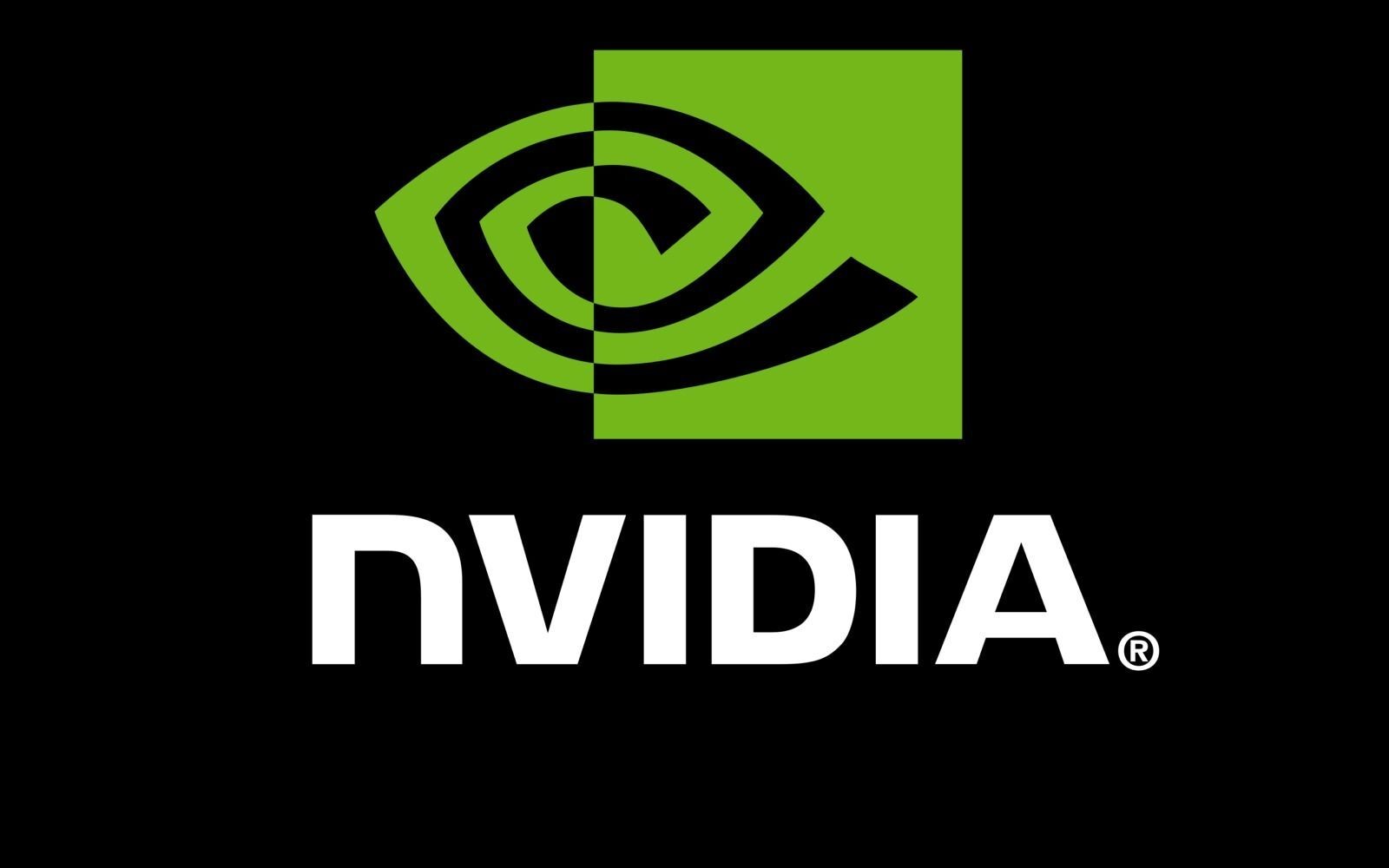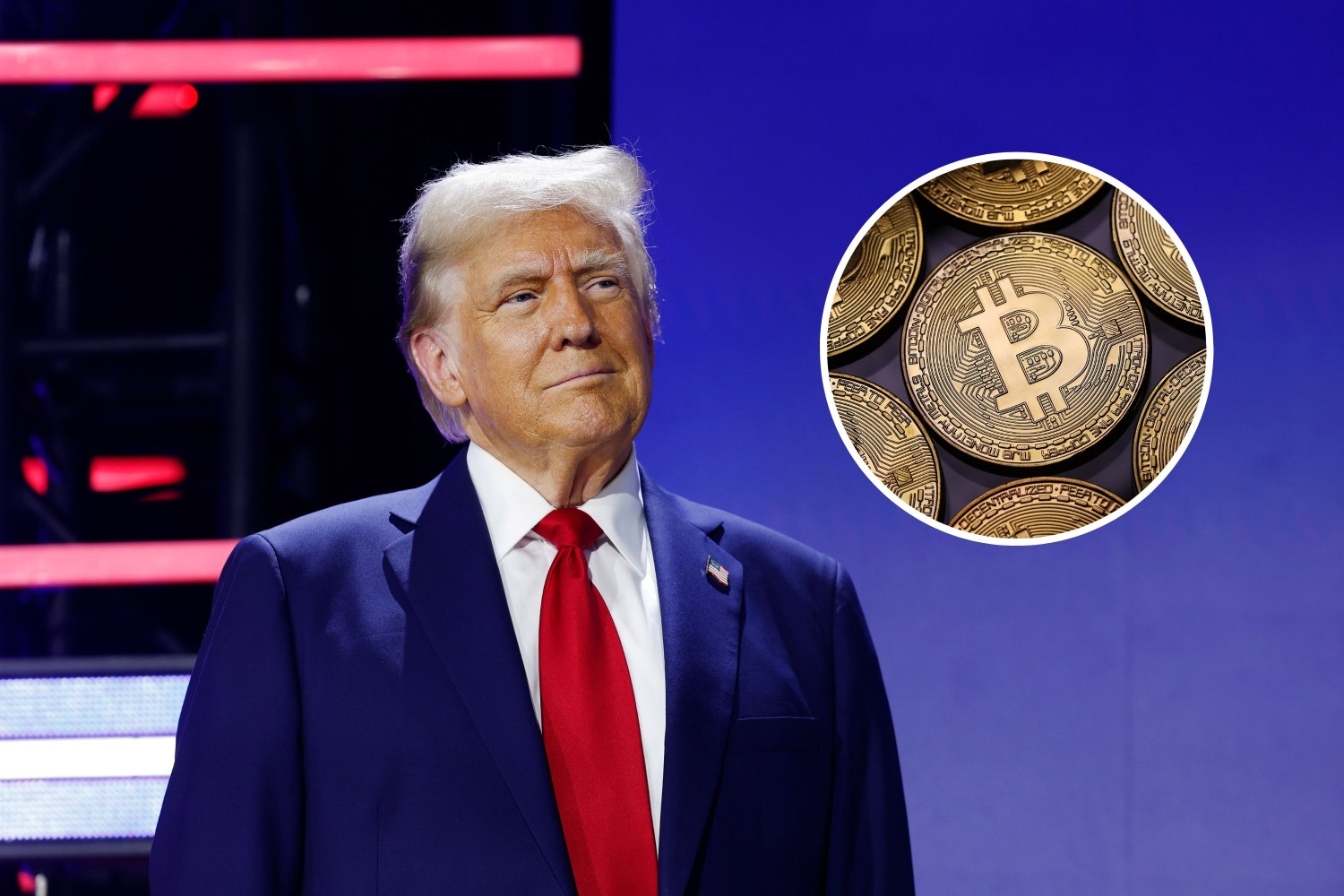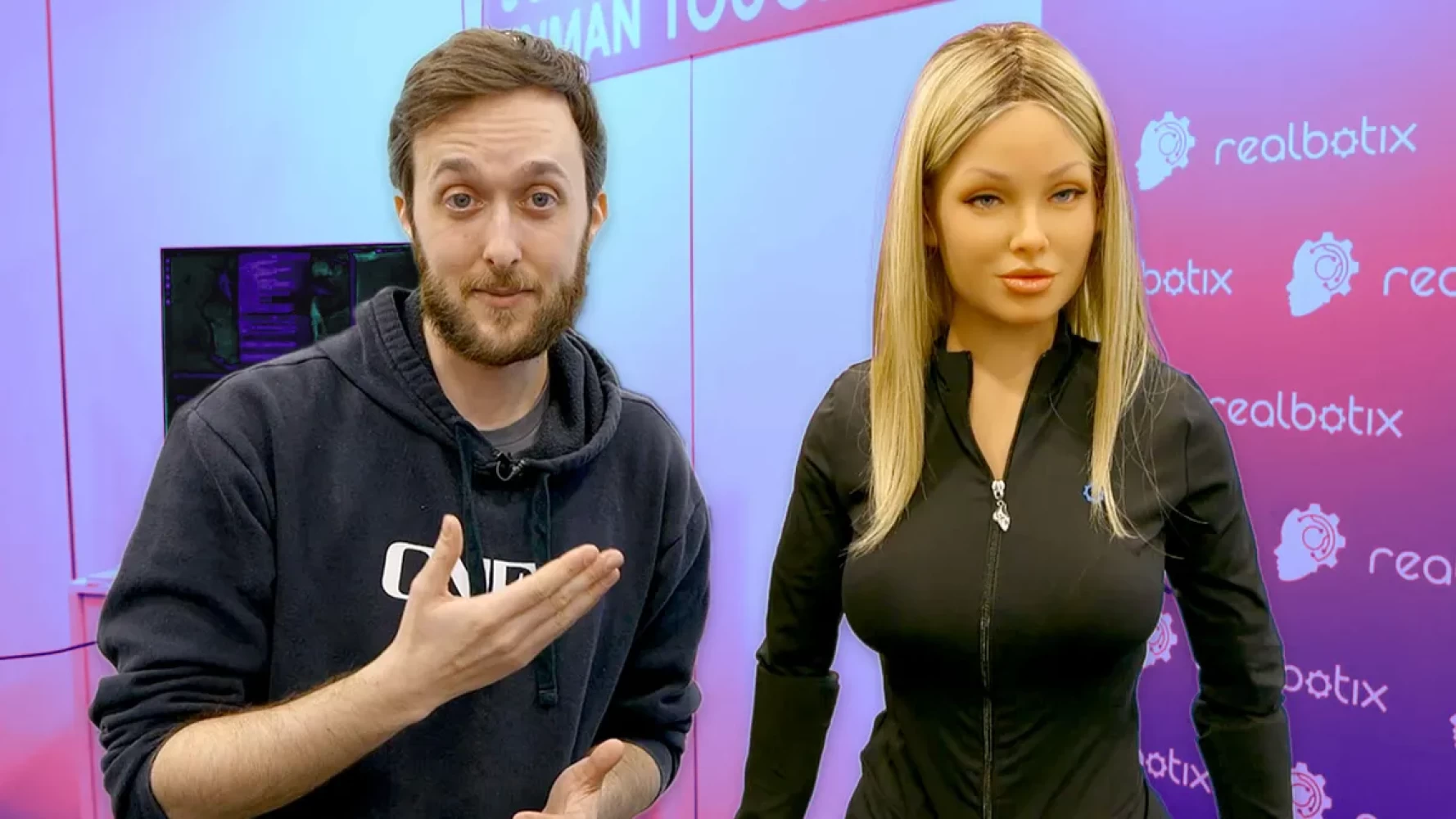Introduced more than 120 years back, Coca-Cola is still the most sipped soda worldwide, with a staggering 1.9 billion servings daily spanning 200+ countries. The brand has always been enthusiastic about engaging customers more effectively. The robust Coca Cola Marketing Strategy has been able to invigorate the masses over the years, ranking as the world's largest manufacturer and licensor of 3,500 nonalcoholic beverages.
Coca-Cola Target Audience
Coca-cola has colossal brand recognition as it targets every customer in the market. Its perfect marketing segmentation is a major reason behind its success.
Age
- Firstly, the company targets young people between 10 and 35. They use celebrities in their advertisements to attract them and arrange campaigns in universities, schools, and colleges.
- They also target middle-aged and older adults who are diet conscious or diabetic by offering diet coke.
Income and Family Size
It introduces packaging and sizes priced at various levels to increase affordability and target students, middle class, and low-income families and individuals.
Geographical segmentation
Coca-Cola sells its products globally and targets different cultures, customs, and climates. For instance, in America, it is liked by older people too. So, the company targets different segments. It also varies the change accordingly, like the Asian version is sweeter than other countries.
Gender
Coca-Cola targets individuals as per their gender. For example, Coca-Cola light is preferred by females, while coke zero and thumbs up are men's favorite due to their strong taste
Coca-Cola Marketing Channels
Coca-Cola initially employed an undifferentiated targeting strategy. In recent times, it has started localizing its products for better acceptability. It incorporates two basic marketing channels: Personal and Non-personal.
Personal channels include direct communication with the audience. Non-personal marketing channels include both online and offline media, such as
- Newspapers
- Promotion Campaigns
- Events
- Television
- Posters
- Emails
- Webpages
- Leaflets
- Billboards
- PR activities
- Social Media
- Magazines
- Radio
Pricing Strategy
Coca-Cola's price remained fixed for approximately 73 years at five cents. The company had to make its pricing strategy flexible with the increased competition with competitors like Pepsi. It doesn't drop its price significantly, nor does it increase the price unreasonably, as this would lead to consumers doubting the product quality and switching to the alternative.
Place Strategy
Coca-cola has a vast distribution network. It has six operating regions: North America, Latin America, Africa, Europe, the Pacific, and Eurasia. The company's bottling partners manufacture, package, and ship to the agents. The agents then transport the products by road to the stockist, then to distributors, to retailers, and finally to the customer. Coca-Cola also has an extensive reverse supply chain network to collect leftover glass bottles for reuse. Thus, saving costs and resources.
Introduced more than 120 years back, Coca-Cola is still the most sipped soda worldwide, with a staggering 1.9 billion servings daily spanning 200+ countries. The brand has always been enthusiastic about engaging customers more effectively. The robust Coca Cola Marketing Strategy has been able to invigorate the masses over the years, ranking as the world's largest manufacturer and licensor of 3,500 nonalcoholic beverages.
Classic Bottle, Font, and Logo
Coca-Cola organized a global contest to design the bottle. The contest winner used the cocoa pod's design, and the company used the same for promoting its shape and logo. Its logo, written in Spencerian script, differentiates it from its competitors. The way Coca-cola uses its logo in its marketing strategy ensures its imprint on consumers' minds


